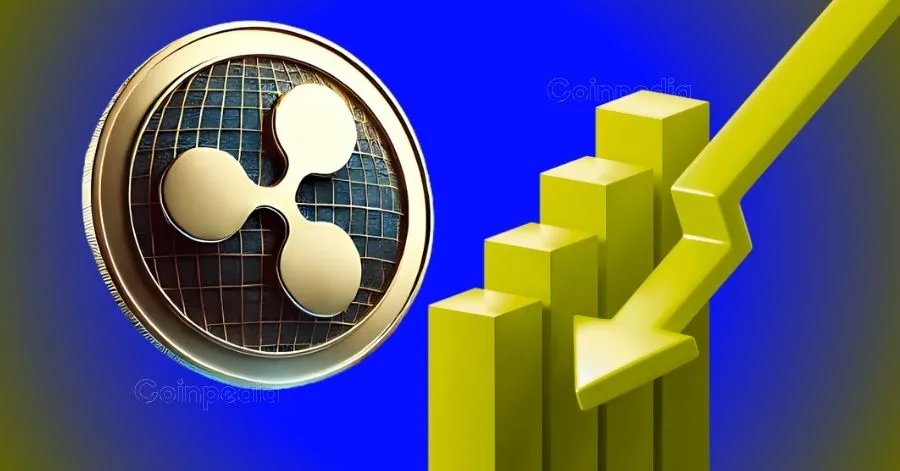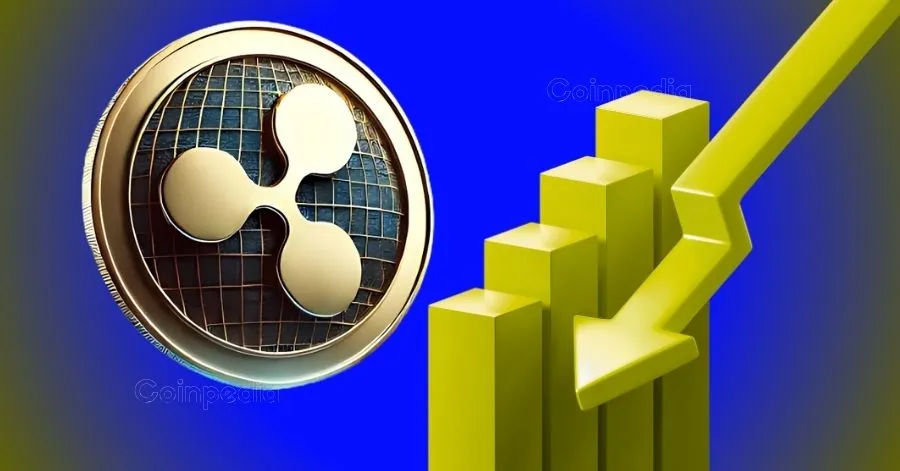The recent decline in XRP’s price reflects a complex interplay of legal challenges, technical indicators, market sentiment, and broader economic factors. These elements collectively influence investor confidence and trading behavior, creating a challenging environment for the cryptocurrency. Understanding these dynamics is crucial for traders and investors seeking to navigate XRP’s volatile price movements.
Legal and Regulatory Pressures
The ongoing legal disputes between Ripple Labs and the U.S. Securities and Exchange Commission (SEC) have significantly impacted XRP’s price. The regulatory uncertainty surrounding XRP’s classification as a security or a currency has created an atmosphere of caution among traders and investors. Negative court rulings or prolonged litigation can amplify selling pressure, as participants fear adverse outcomes that could affect the token’s classification and use.
This uncertain legal landscape has contributed to decreased open interest in XRP futures contracts, an indicator of waning investor conviction and willingness to take long positions. Additionally, rumors and market speculation around these legal issues often induce short-term volatility, keeping XRP under bearish pressure despite occasional technical rebounds. The legal uncertainty has also led to a decline in institutional interest, as many investors prefer to avoid assets with regulatory risks.
Technical Analysis Points to Bearish Outlook
From a technical perspective, XRP has broken below key moving averages, specifically the 9-day and 21-day moving averages, signaling a bearish trend in the short-term. This technical weakness is often interpreted by traders as a sign of sustained selling momentum. Critical support levels, such as the $2.20 mark, have been tested repeatedly and failed to hold, prompting further downside tests toward zones near $2.08 and $2.04.
Moreover, declining open interest combined with negative funding rates in futures markets suggest that traders are anticipating a deeper correction ahead. These factors indicate that the selling pressure is not just transient but could extend to lower price boundaries if the market does not find fresh buying interest. The technical indicators also suggest that XRP may be entering a period of consolidation, where price movements are limited and volatility is reduced.
Market Sentiment and Trading Volume Dynamics
Investor sentiment surrounding XRP has soured amid the combination of legal uncertainties and technical vulnerabilities. The decline in XRP’s price is happening even as trading volumes show mixed signals: some reports indicate rising volume during price drops, suggesting active selling, while at other points, volumes have contracted, indicating cautious or uncertain market participation.
The interplay between these volume dynamics and falling prices suggests that while some investors are offloading XRP to limit losses, others are temporarily withdrawn, waiting for clearer signals before committing. This hesitancy prolongs sideways price action within a tightening range, reducing the token’s momentum. The lack of clear direction in trading volumes further complicates the market’s ability to establish a sustainable trend, either bullish or bearish.
Macroeconomic and Broader Crypto Market Context
XRP’s price movement does not happen in isolation. The broader cryptocurrency market is also facing headwinds from global economic factors such as a strengthening U.S. dollar, which adversely affects dollar-denominated assets including cryptocurrencies. Additionally, recent economic contractions and fears of recession have led to risk aversion among financial market participants, which tends to depress cryptocurrencies as speculative assets.
Other macro factors, including profit-taking toward quarter-ends and concerns over the impact of upcoming exchange-traded fund (ETF) approvals or rejections, create additional layers of uncertainty. Market participants are closely watching these developments, which can cause rapid shifts in buying or selling pressure. The broader economic environment, coupled with the specific challenges facing XRP, has created a perfect storm of negative sentiment and price decline.
Prospects for Recovery and Key Levels to Watch
While the current trend is bearish, some analysts point to potential scenarios where XRP could stabilize or rebound. The critical threshold to watch is the $2.20 support level—if XRP can reclaim and hold this price, it might mitigate some selling pressure and attract buyers. However, failure to sustain above this level likely paves the way for further declines, potentially revisiting lows near $2.04 or below.
Investor optimism is also tied to the outcomes of ongoing legal disputes and potential regulatory clarity. A positive ruling or settlement favorable to Ripple could act as a catalyst, triggering a strong market reaction and price recovery. Additionally, positive developments in the broader cryptocurrency market, such as increased adoption or favorable regulatory changes, could provide a boost to XRP’s price.
Conclusion
XRP’s price decline results from a confluence of factors: pressing legal battles, unfavorable technical signals, unsettled market sentiment, and broader economic challenges. These combined forces have created sustained downward pressure, making it difficult for XRP to regain upward momentum quickly. The cryptocurrency’s future performance hinges largely on regulatory developments and its ability to stabilize key technical support levels. Until XRP can overcome these hurdles, market participants should expect continued volatility and cautious trading behavior around this token. Investors may benefit from closely monitoring XRP’s price action relative to support zones and staying informed about any major regulatory updates that could shift the market dynamics in the near term.












